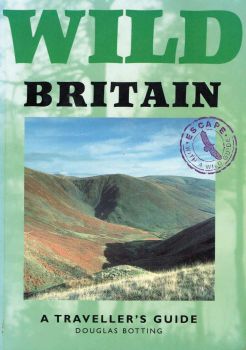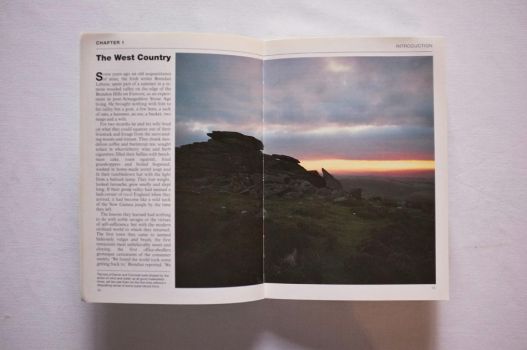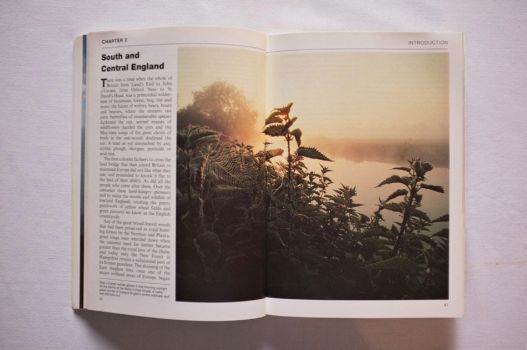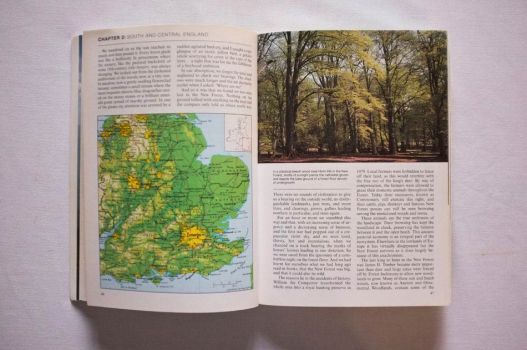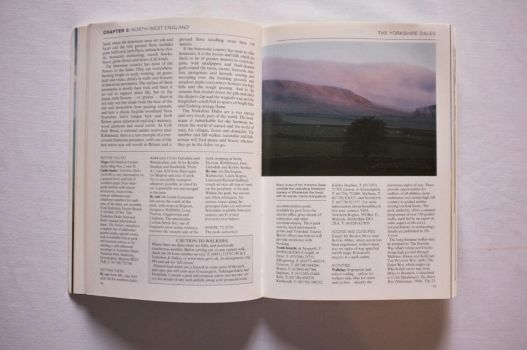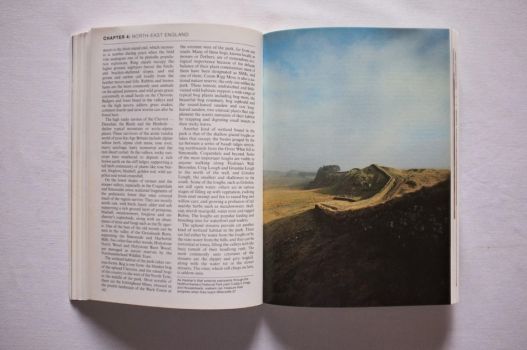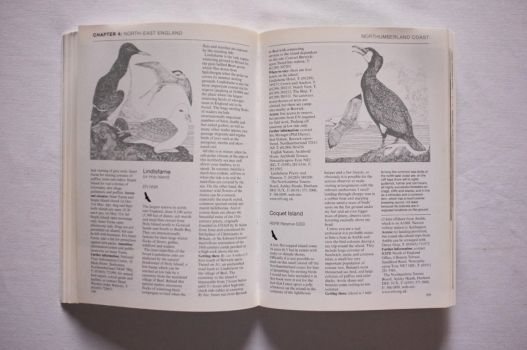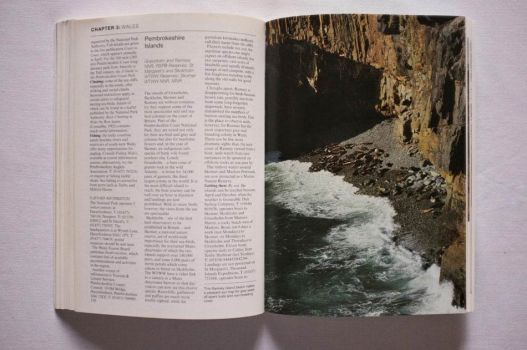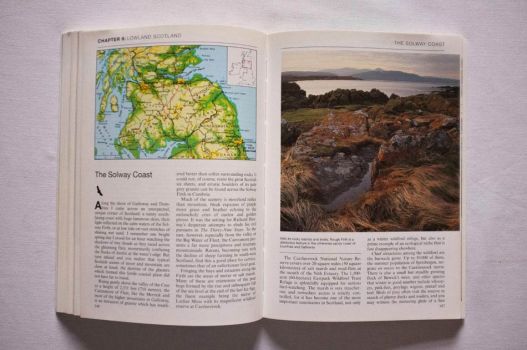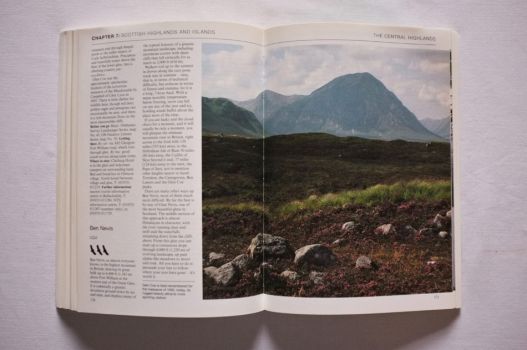-
“Will be enjoyed by everyone who hopes to find unspoiled places off the tourist path.”
-
“Book of the Week…There’s plenty of relish in Douglas Botting’s text and lots of information about where to stay, what to take and which maps are best.”
-
“You are put in the places that are mentioned through a blend of expert storytelling and information.”
Wild Britain
A Traveller’s Guide
£12.50
The author takes you through wild Britain, from the broad-leaf woodlands of southern England and the rolling Yorkshire Dales of his childhood to the wind-lashed granite cliffs of the Outer Hebrides. He describes where to fish, climb, cycle, ride, camp and even go ballooning, as well as suggesting some unusual places to stay.
Dispatched next day with Royal Mail 2nd Class
- RRP: £12.50
- Format: 210 mm x 149 mm (8 ¼ x 5 4/5 in)
- Pages: 224
- Weight: 0.4 kg (0.9 lb)
- Pictures: 50 colour, 45 b/w
- Maps: 7 colour, 18 b/w
- Binding: Paperback
- ISBN: 978 1 873329 31 3
- Publication: 2000
The New Forest is hardly the sort of wild or remote place where you would expect to get lost, especially if you are an experienced traveller, but Douglas Botting managed it. ‘There were no sounds of civilization to give us a bearing on the outside world, no distinguishable landmarks, just trees, and more trees, and clearings, thickets, groves, gullies leading nowhere in particular, and trees again.’ As he explains in this warm and lyrical book, it does not do to underestimate wild Britain. He makes a wonderful job of showing you around, taking you from the broad-leaf woodlands of southern England to the wind-lashed basalt and granite cliffs of the Outer Hebrides. Whether he is celebrating the rolling Yorkshire Dales of his childhood, where the lapwings cried and the bluebottles huzzahed in the cowpats, or engaging with the earth-shattering intricacies of plate tectonics, Douglas Botting is always readable and entertaining. The book also describes in detail where to go fishing, climbing, cycling, caving, riding, camping and even ballooning, and offers some unusual ideas for where to stay, including the time capsule of Kinloch Castle on the Isle of Rhum, intact in every detail down to the scoreboard of its Edwardian billiard room. This edition of Wild Britain is published in association with Friends of the Earth, and has been thoroughly revised with their help. The entire text has been reset. All names and addresses have been brought up to date, and fax numbers, e-mail addresses and web-site details added. Sustrans cycle routes have been incorporated wherever appropriate, along with other improvements.
About the Series
WILD BRITAIN: AN INTRODUCTION
Map of Britain Showing Chapter Areas
THE KEY TO BRITAIN’S WILD PLACES
The Shape of the Wild
Protected Wild Places
The Rules of the Wild
To the Reader
CHAPTER 1: THE WEST COUNTRY
Dartmoor
Exmoor
The Two Moors Way and Bodmin Moor
The Mendip Hills and The Somerset Levels
The South West Coast Path (Somerset, North Devon and Cornwall Coast Paths)
The Isles of Scilly
The South West Coast Path (South Devon and Dorset Coast Paths)
CHAPTER 2: SOUTH AND CENTRAL ENGLAND
The New Forest
The Shropshire Hills
The East Coast
The Norfolk Broads
The Fens
Breckland
CHAPTER 3: NORTH-WEST ENGLAND
The Peak District
The Yorkshire Dales
The North Pennines
The Lake District
The North-West Coast
The Pennine Way
CHAPTER 4: NORTH-EAST ENGLAND
North York Moors
Northumberland
Northumberland Coast
CHAPTER 5: WALES
Pembrokeshire
South Wales
Brecon Beacons
Central Wales
North Wales
Snowdonia
Offa’s Dyke Path
CHAPTER 6: LOWLAND SCOTLAND
The Solway Coast
The East Coast
The Southern Uplands
The Southern Uplands Way
CHAPTER 7: THE SCOTTISH HIGHLANDS AND ISLANDS
The Southern Highlands
The Central Highlands
The Cairngorms and East Grampians
The North-West Highlands
Knoydart
Wester Ross
North-West Sutherland
The West Highland Way
Scotland: The Islands
The Inner Hebrides
Rum
Skye
The Outer Hebrides
Orkney
Shetland
The Outliers
Glossary
Useful Addresses
Index
Douglas Botting was born in London and educated at Oxford. He is a writer and photographer who has travelled on numerous scientific and filming expeditions to wildernesses around the world. He has made three journeys through the Amazon basin, once as official photographer for the Royal Geographical Society Expedition to the Mato Grosso. He has journeyed across East Africa in a balloon to observe and photograph the great game herds, and led two expeditions to the little-known Arabian island of Socotra. He was one of the first Westerners in modern times to venture across Arctic Siberia and, as a member of the European Conservation Project Operation Seashore, he circumnavigated the 6,000-mile coast of the British mainland twice on assignment for the BBC and The Times.
Douglas Botting has made many documentary films for television, including the BBC World About Us series, and has worked on assignments for Time-Life, The Geographical Magazine and national newspapers. His books include works of reportage and travel, amongst them One Chilly Siberian Morning, Wilderness Europe and Rio de Janeiro, as well as biographies of the German explorer Alexander von Humboldt, the naturalist Gavin Maxwell, author of Ring of Bright Water, and Gerald Durrell, the conservationist and author of My Family and Other Animals. He has also written several books on the history of the Second World War.
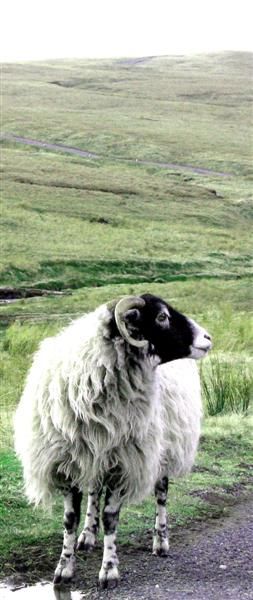
DARTMOOR
Our days on the highest, wildest land in England south of the Pennines brought saturating rain, obliterating mist, towering cloudscapes and a saucy sun gleaming brazenly out of a pellucid, rain-rinsed sky. There were no trees to shade us, precious few bushes to provide shelter from the wind that slithered over the long curving granite scarp of Corn Ridge. We squelched back and forth across an amphitheatre of blanket bog and waded knee deep down the icy, scurrying streams that fanned out of them like the veins of a leaf. Now and then we holed up for a smoke and a corned beef sandwich inside the stone ruins of a Bronze Age hut, where once people just like us, looking out on a view just like this, had contemplated mortality and the infinite in a fug of peat smoke and cow dung.
SCOTTISH HIGHLANDS AND ISLANDS
It was October, but still warm, and I flung open the shutters of the small croft by the beach to catch all the sounds and ghosts of the night – the listless flop of the waves on the sand, the distant cataract roar of the waterfall above the burn, in spate after an autumn of incessant rain, the kraak of a solitary heron stalking fish in the moonlight at the edge of the tide, a seal singing softly in the bay below the croft, the plaintive, child-like voice rising and falling like a phantom lullaby.
The next day, miraculously, was as warm and blue as high summer. I followed the tracks of the wild sea otters barefoot over the crunching shell-sand and icy shallows to the otter islands where long before I had foraged for limpets and gulls’ eggs to eat, and as I stumbled over the black rock and bladder-wrack the grey seal colony gathered to stare, snorting in the sunlight, and bobbing their flippers up and down on the bottom to catch a better view.


